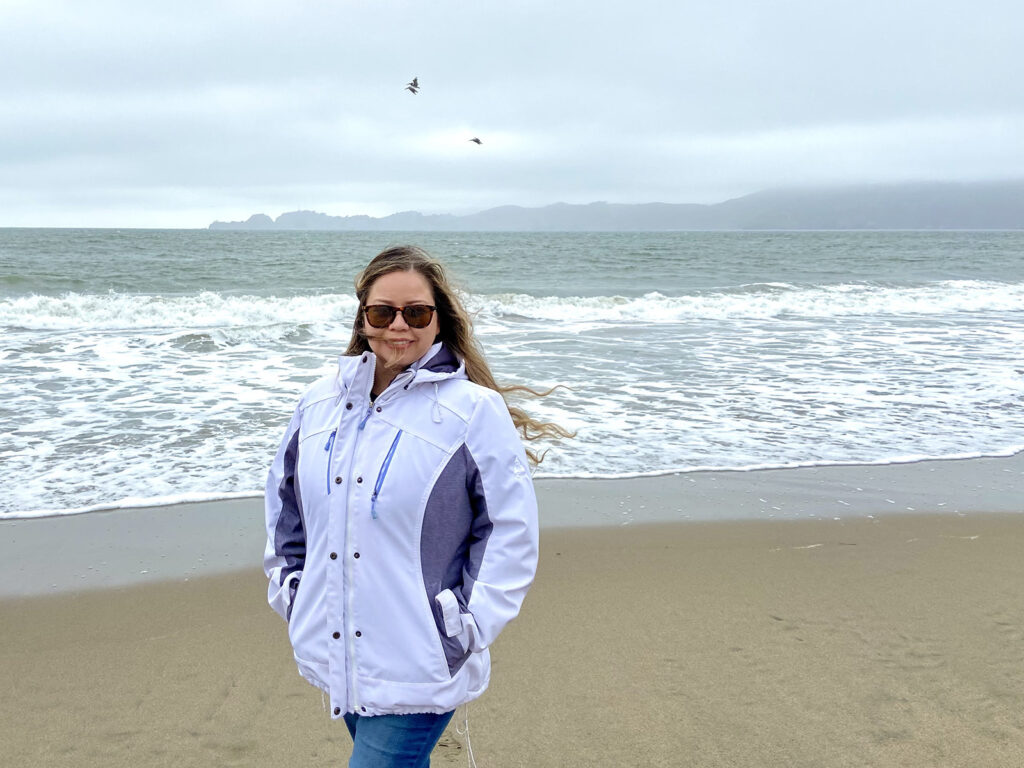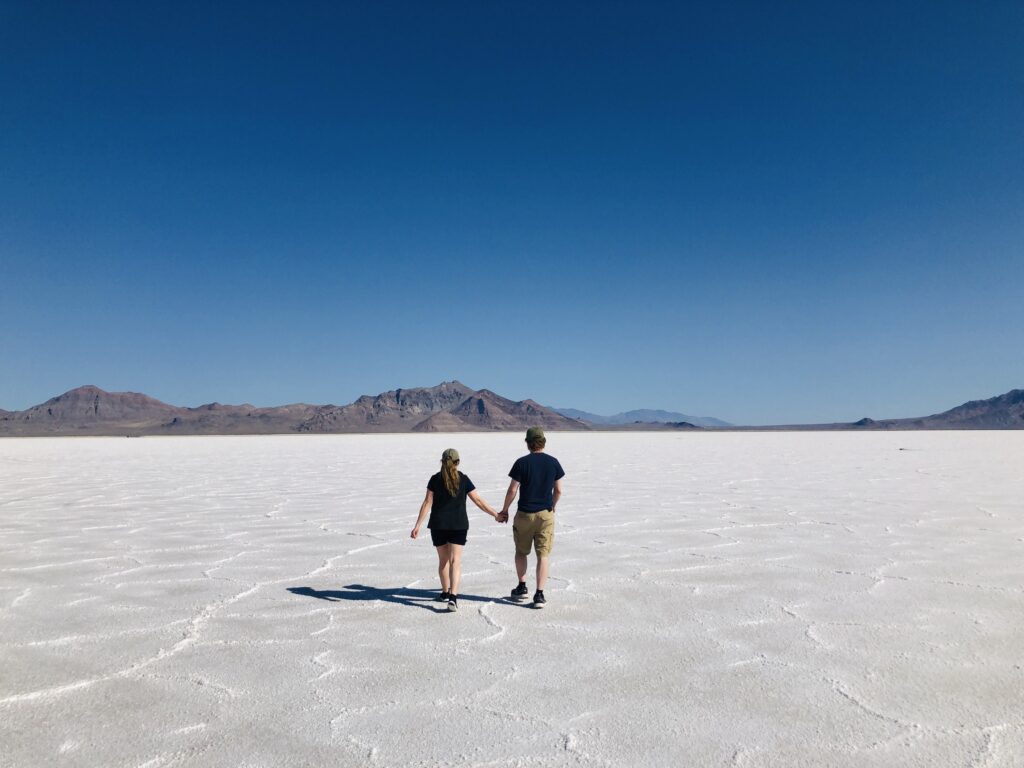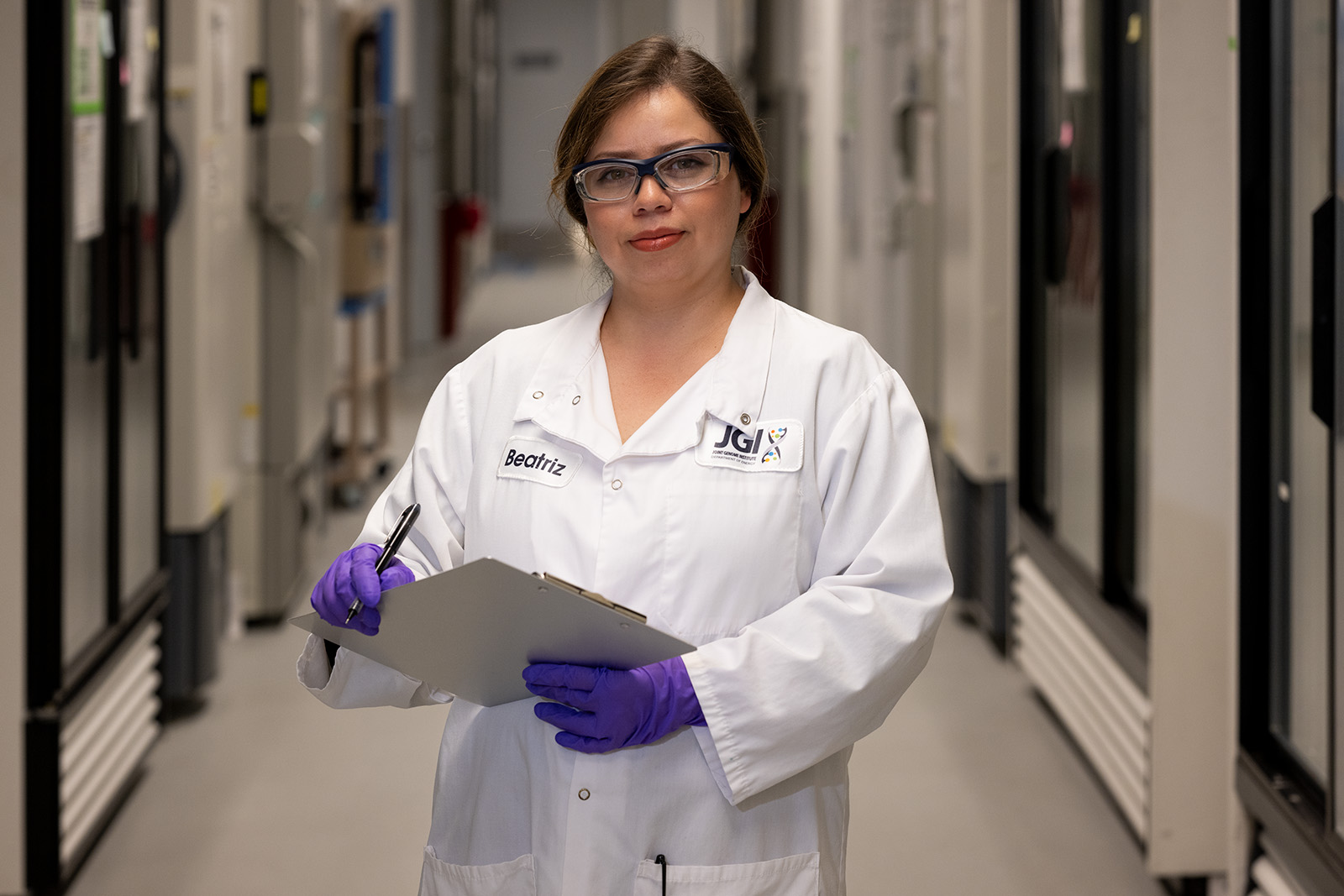As a health and safety professional, Beatriz Rett recognized that sheltering in place during the pandemic was necessary. But she also understood that it presented an added risk, one to her mental health and well-being. So she started exploring her new neighborhood in Richmond as a way to get outside, walking to her local coffee shop instead of driving and discovering nearby nature trails along the coast. Before long, her walks became more than just a way to keep from staying cooped up: Rett began relying on them to stay active, savor the present, and turn off the part of her brain trained to constantly forecast what could go wrong. “I have to remind myself to step back and enjoy time when I’m not focused on safety specifically. I try to find a good balance,” she said.

The same vigilance that makes it tough for Rett to relax off the job is integral to helping Berkeley Lab run smoothly. Research projects can incur many risks, including those related to introducing new organisms, untested equipment, or waste disposal. As the Safety Manager for the DOE Joint Genome Institute (JGI), Rett is charged with reviewing new research project proposals and forecasting hazards, asking questions, and suggesting potential safeguards.
While Rett wears many safety-related hats, one essential aspect of her role is fostering a workplace culture that values safety. Prioritizing safety saves the Lab precious time and resources by keeping experiments and projects on track. But perhaps more importantly, Rett’s work supports employee well-being on multiple levels, from minimizing injuries and exposures to boosting morale. “When employees feel heard and taken care of, they are more likely to stick around,” she said. “I’m happy to be a part of that work at Berkeley Lab.”
Risky Business
Though she wasn’t always sure what area to specialize in, Rett knew she wanted to pursue a career in the sciences from a young age. Growing up in the greater Los Angeles area, exhibits at science museums like the California Science Center, the Natural History Museum, and the Griffith Park Observatory piqued her interest. By the time she began college at UC Riverside, Rett had developed a fascination with the potential of science and how new discoveries could be applied to build a better world. Drawn by the complexity of the brain and nervous system, she pursued a neuroscience major and ultimately landed herself a volunteer position in a stem cell science lab. Her focus was using mouse stem cell lines to investigate how toxins like tobacco act on a molecular level to impact bone formation in the developing embryos. In her free time, Rett volunteered at a local hospital where she experienced the profound impact of helping others in their most vulnerable moments. “I felt a strong desire to merge scientific expertise with a direct impact on people’s lives,” she said.
Rett continued on as a research associate in the stem cell lab after graduation and quickly rose to fill the role of lab manager. She had a knack for helping lab operations run smoothly and making sure that her fellow employees were safe and taken care of. “I became the point person for anything health and safety related,” she said. “I was already interested in those aspects before I even knew there was a field dedicated them.” By stepping into her new niche, Rett transitioned from contributing foundational findings through research to a different, but no less critical, side of science: implementing environmental health and safety knowledge to support researchers in doing their work safely and more efficiently. Rett bolstered her natural instincts with a MS in safety management and a Certified Safety Professional credential, thrilled to find a career path that blended her childhood fascination with science and her desire to make an immediate difference in the lives of other people.
Nothing Ventured…
On a typical workday, Rett has a lot on her plate. She might do a safety walkthrough with senior management, give a safety presentation, and spend time keeping tabs on leading safety indicators. So when she’s off the clock, she enjoys activities that help her slow down. Her walks are a big part of that, and she likes to draw them out. “Each time now I’m challenging myself to go farther and farther,” she said.

Seeing life through the eyes of her toddler also helps her go back to basics and savor the little things. “We color together, play with Play-Doh, and she loves to paint,” said Rett. “I’m rediscovering those activities again as an adult, through her.” As with her walks, spending time with her daughter is an instance when Rett asks her hazard-forecasting superpowers to take a back seat. She believes that little risks, like allowing her daughter to enthusiastically climb up a ladder at the playground, are part of what makes life enjoyable.
Guiding the Future of ‘Self-Driving Labs’
Striking the proper balance between risk and reward is a nuanced skill, one that Rett argues needs more of a spotlight. “Health and safety professionals are always working behind the scenes,” she said. The pandemic certainly shed light on the role that health and safety plays in large organizations, and kept Rett busy as she interpreted evolving information from regulatory agencies and coordinated with her colleagues to communicate unified guidance for Lab employees. But health and safety expertise is paramount in so many other areas of people’s lives too, from everyday products to emerging fields like artificial intelligence (AI).
As the Lab incorporates more of these technologies into experiments and decision making, building in safety at every step, from databases and code to project planning, will be critical. For a chemistry lab, that may mean ensuring that robots will only mix chemicals that are compatible. More broadly, safety professionals are identifying ways to protect privacy, ensure that accessible content is what consumers are looking for, and prevent the circulation of malicious or potentially harmful information. Rett is part of a new technology advancements and safety working group tasked with reviewing the integration of tools like robotics and AI at Berkeley Lab. The group is conducting in-depth research on the topic, from visiting lab sites that use robotics and AI to interviewing experts in the field. By building a clear picture of these rapidly progressing technologies and staying informed about the latest developments, the group aims to provide recommendations on safeguards and best practices for Lab leadership to review and incorporate.
“Researchers think about the end goal of creating a product or making a discovery. People like me look at the in-between: What could happen on the way there?” Rett said. It’s a prime example of why science needs people with different backgrounds and perspectives at the table, from the very beginning. ⬢
Written by Maritte O’Gallagher. As a communications specialist for Berkeley Lab’s Biosciences Area, O’Gallagher spotlights the people and stories behind our latest research.
Read other profiles in the Behind the Breakthroughs series.




